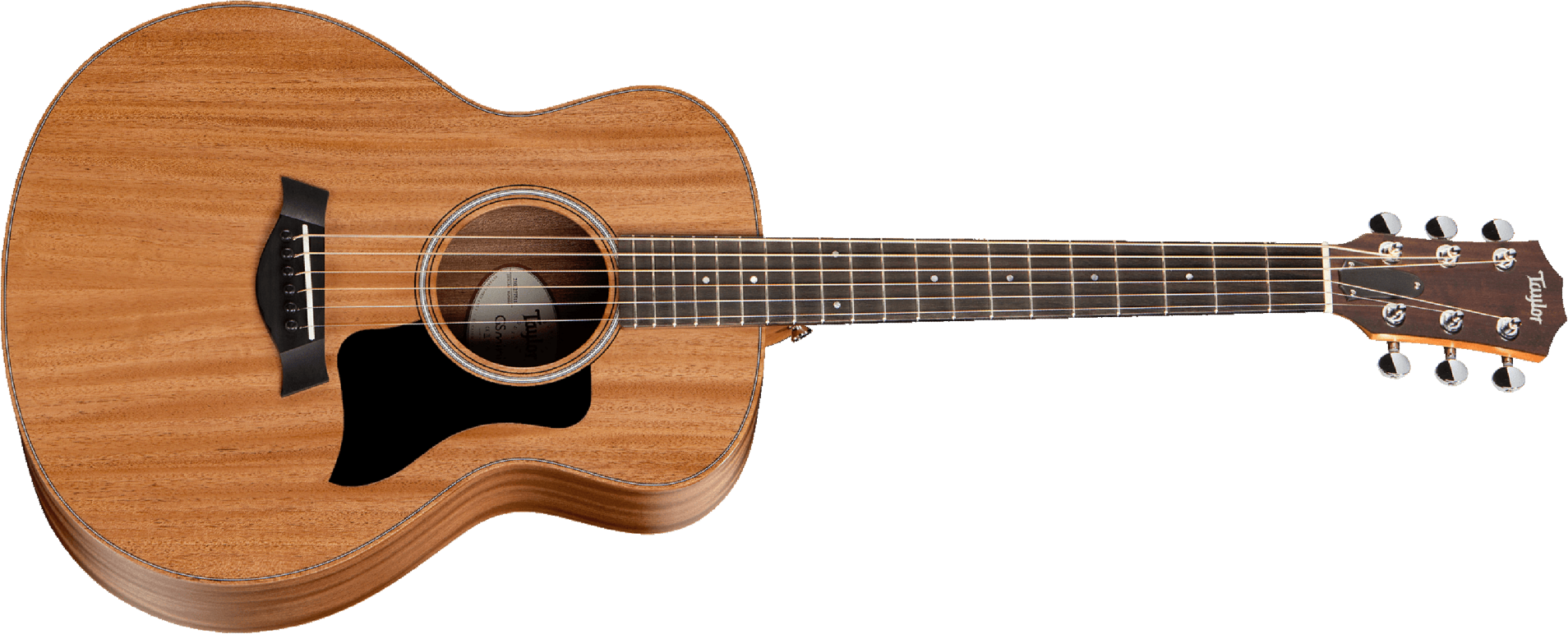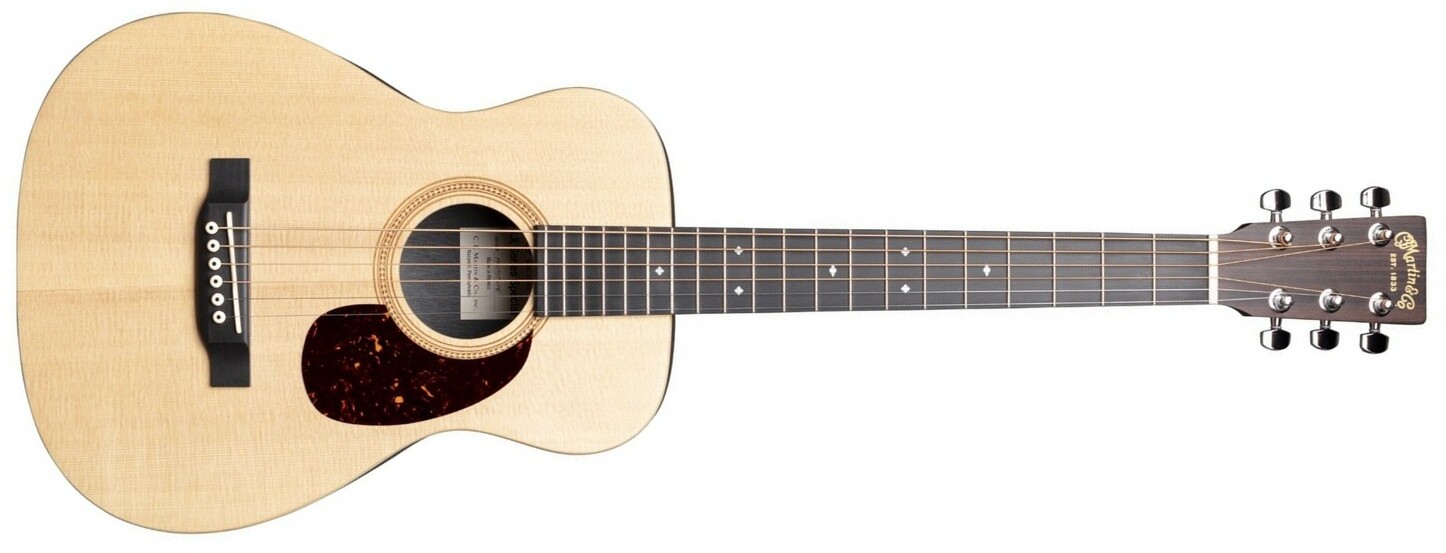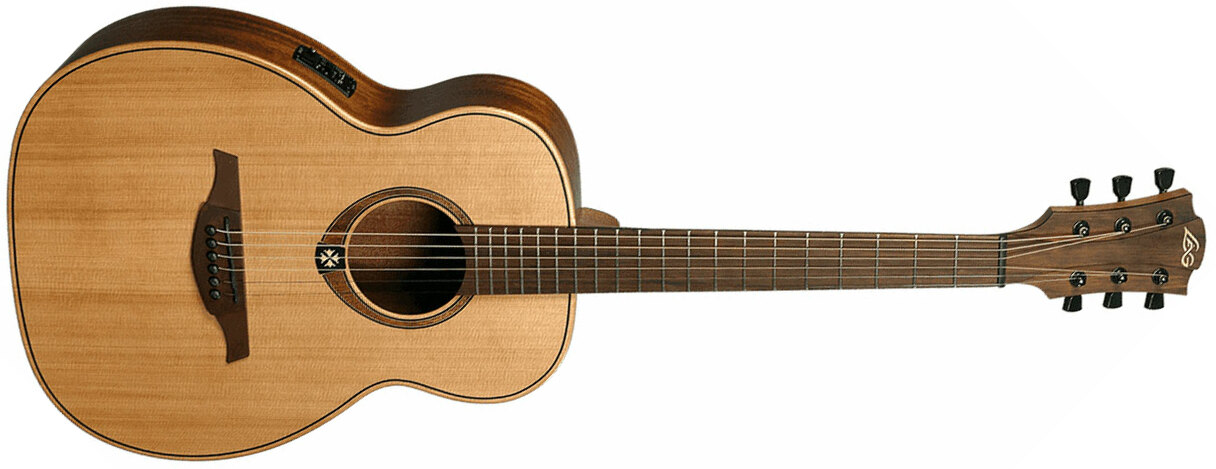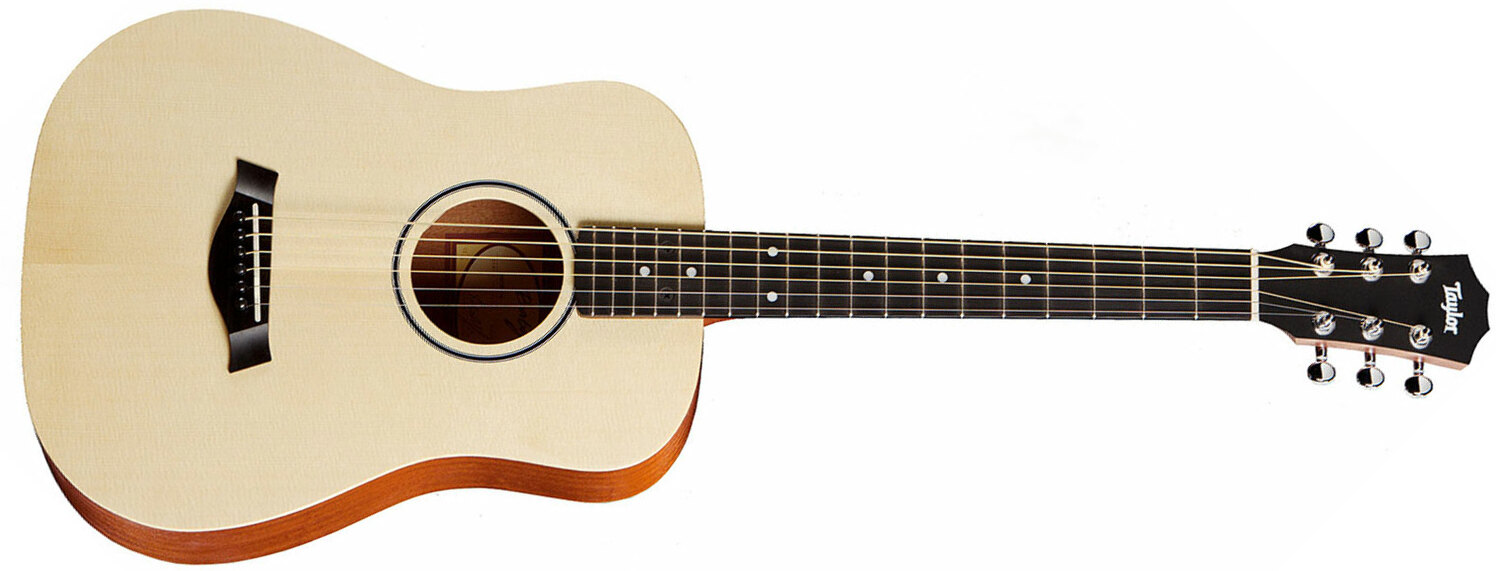A travel guitar is a smaller instrument than a classical guitar. It generally retains the same tuning and number of strings, but its smaller body and shorter scale make it more compact and lightweight.
What's the difference between a travel guitar and a classical guitar?
The classical guitar is a standard-sized instrument with nylon strings. It is designed to offer a rich sound and high projection. Its neck is often wider than that of a folk or electric guitar, making it easier to play with the fingers.
The travel guitar is a more compact version. It generally has a smaller body and a shorter neck. It is designed to be easily transportable without sacrificing proper playability for an instrument of this size.
Does a travel guitar sound good despite its size?
Despite its reduced size, a travel guitar can surprise you with its sound. Manufacturers use various design techniques, such as specially worked soundboards or optimized bracing, to maximize volume and sound quality.
While it can't compete with a standard-sized classical guitar in terms of power and depth, it offers a sound that's perfectly acceptable for practice, travel or small spaces.
Can I take a travel guitar in the cabin of a plane?
Whether you can take a travel guitar in the cabin depends on the specific policies of each airline. However, because of its compact size, a travel guitar is more likely to be accepted as hand luggage than a standard-sized guitar.
In most cases, your guitar will be able to stay with you in the cabin, if its length does not exceed 115 cm.





